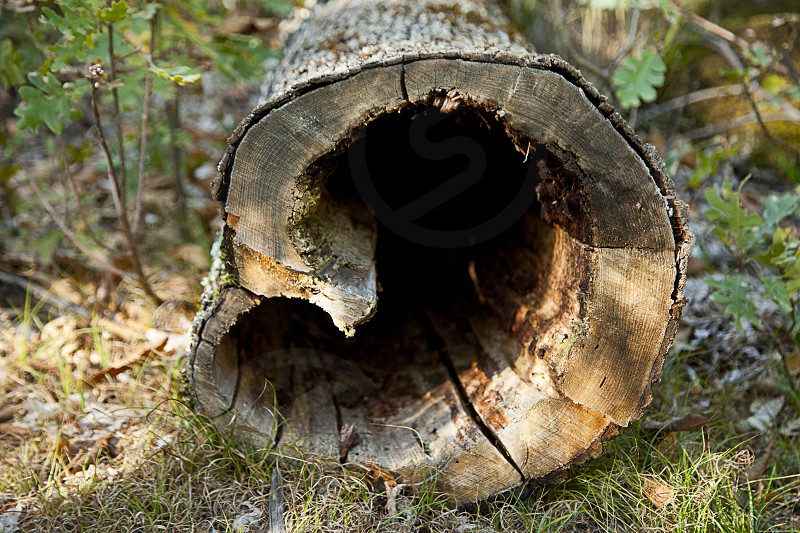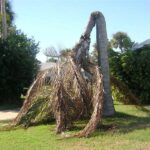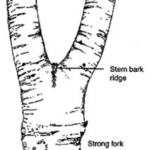Is a Hollow Tree Dangerous? Unveiling the Secrets Within
Have you ever come across a tree with a hollow trunk and wondered if it poses a danger? Hollow trees can be captivating and mysterious, but understanding their nature is crucial to assessing their safety. In this article, we’ll delve into the world of hollow trees, explore the reasons behind their hollowing, and determine whether they are truly dangerous.
Unveiling the Secrets of Hollow Trees:
Hollow trees are not as scary as they may seem. In fact, they play a vital role in supporting a diverse ecosystem. Hollows are formed when the heartwood or inner core of a tree begins to decay or rot over time. This natural process can create hollow spaces within the trunk or branches.
Causes of Hollowing:
Hollowing can occur due to a variety of factors;
- Aging: As trees grow older, their core gradually decays, leading to the formation of hollows. This process is a natural part of a tree’s life cycle and doesn’t necessarily indicate immediate danger.
- Injury or Disease: Trees can develop hollows as a response to injuries or diseases they have experienced. These wounds, such as fire scars, fungal infections, or insect damage, can weaken the tree’s core and create hollow spaces.
Assessing the Safety of Hollow Trees:
While hollow trees may appear fragile, their structural integrity depends on several factors:
- Size and Location: The size and location of the hollow play a significant role in determining the tree’s stability. If the hollow is small or located in a less critical area, such as a branch, the tree may still maintain its strength and pose no immediate threat.
- Remaining Healthy Wood: Hollow trees can continue to grow and thrive by developing new layers of healthy wood around the hollowed areas. This outer wood provides additional support and stability to the tree.
- Surrounding Conditions: Consider the environmental factors surrounding the hollow tree. If the tree stands in an open area without the risk of falling onto structures, roads, or high-traffic areas, the potential danger is reduced.
- Professional Assessment: When in doubt, it is wise to consult with a certified arborist or tree expert. They can evaluate the tree’s condition, conduct a risk assessment, and provide guidance on whether the hollow tree poses a significant danger.
Preserving Hollow Trees:
Hollow trees offer important ecological benefits, providing habitats for various wildlife species, including birds, mammals, insects, and fungi. If a hollow tree is not an immediate threat and contributes to the local ecosystem, preservation measures can be taken, such as installing support systems or implementing regular inspections to monitor its stability.
While the sight of a hollow tree may raise concerns, not all hollow trees are dangerous. Understanding the causes of hollowing and assessing the tree’s condition are crucial steps in determining its safety. Hollow trees can provide unique habitats and contribute to biodiversity. When unsure, seeking advice from professionals can help make informed decisions about managing and preserving these fascinating natural structures. Embrace the wonders of hollow trees, but always prioritize safety and consult experts when necessary.




